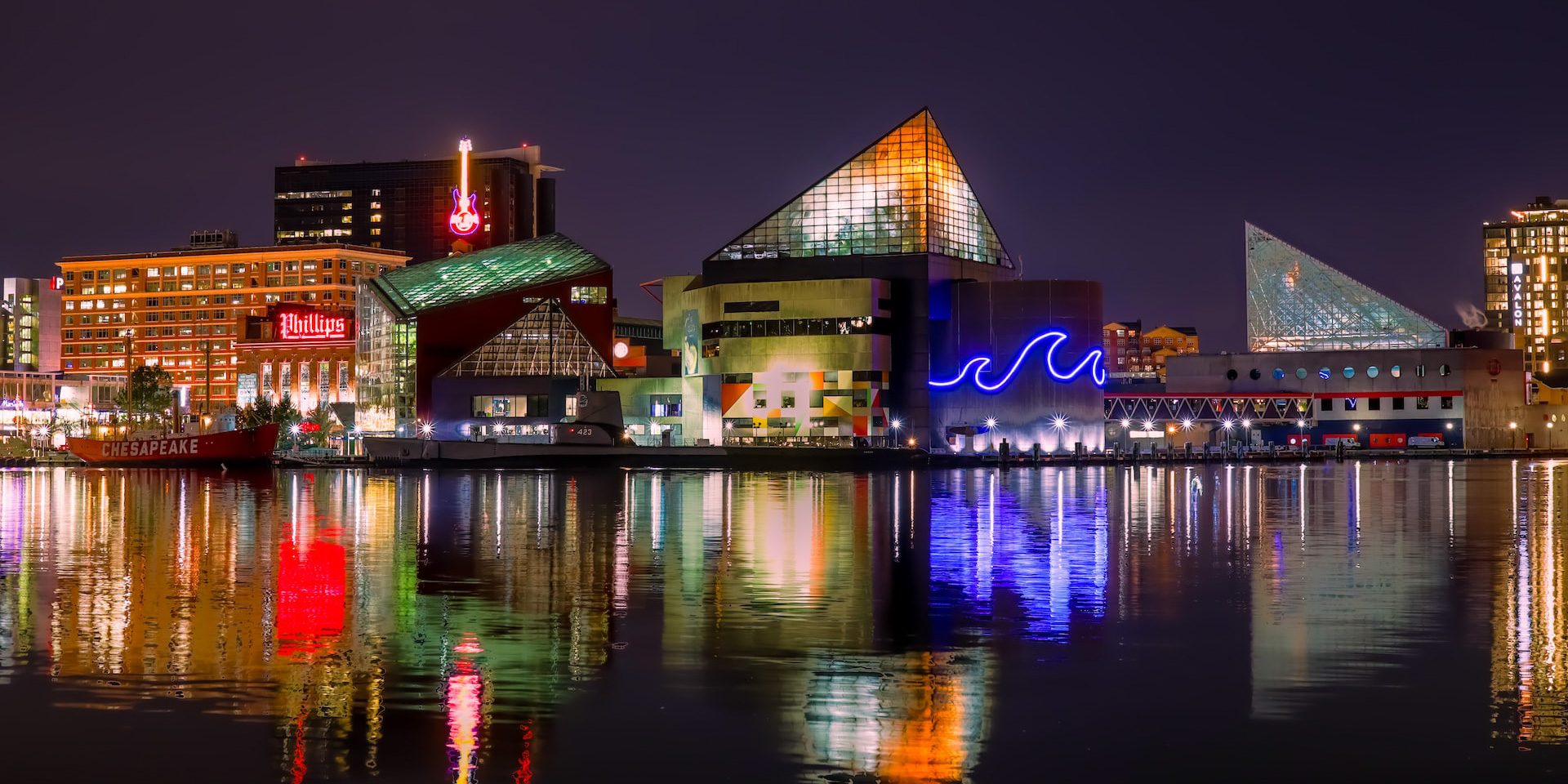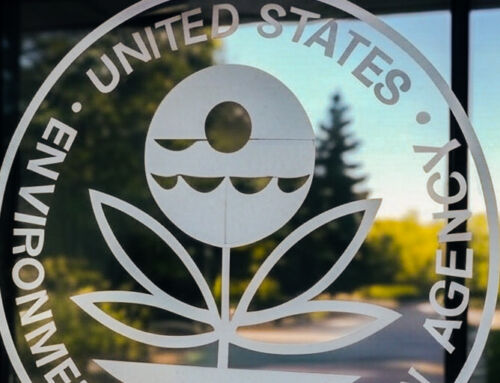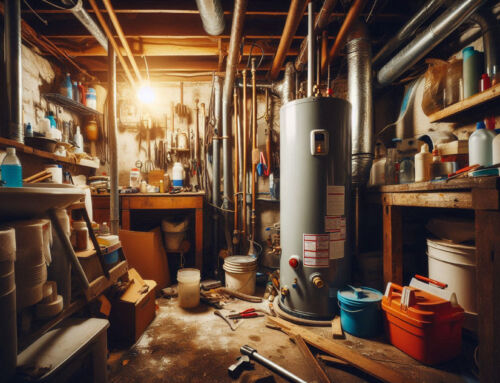View by Topic
Recent Articles
-
NYC Building Electrification Ruling is Interesting But Not a Game ChangerSaturday, March 29th, 2025
-
Greenpeace Ordered to Pay $667M in Blow to ActivismSaturday, March 22nd, 2025
-
The Most Consequential Day of Environmental Deregulation in American HistorySaturday, March 15th, 2025
-
States Challenge Validity of New York’s Climate Change Superfund ActSaturday, March 8th, 2025
-
House Votes to Protect the Hot Water Heater in Your HouseSaturday, March 1st, 2025
View by Month/Year
“Green Building Law Update” Headlines
Recent Articles & News from
Stuart Kaplow’s blog
at GreenBuildingLawUpdate.com
- NYC Building Electrification Ruling is Interesting But Not a Game Changer March 30, 2025
- Greenpeace Ordered to Pay $667M in Legal Blow to Environmental Activism March 23, 2025
- The Most Consequential Day of Environmental Deregulation in American History March 16, 2025
- States Challenge Validity of New York’s Climate Change Superfund Act March 9, 2025
Subscribe to the Green Building Law Update!
Stuart Kaplow brings his expertise and extensive experience to the table with his unique digital publication, "Green Building Law Update". Subscribers receive regular updates to keep them informed about important issues surrounding Environmental Law, Green Building & Real Estate Law, as well as the emerging demand for Environmental Social Governance (ESG).
Get fresh content through the lense of Stuart Kaplow's cutting-edge expertise, innovative commentary and insider perspective. Don't miss another issue! Subscribe below.

Maryland is the First State to Regulate Carbon
Maryland has enacted the most rigorous state law in the country reducing greenhouse gas (GHG) emissions and otherwise addressing ESG stewardship including climate change. Businesses can and should treat this as the greatest responsibility and opportunity of our time.
Literally resetting the trajectory of Maryland’s economy, making sweeping changes to the Old Line State’s already tough climate change laws, among other things, Senate Bill 2022 528 alters existing and establishes new Building Energy Performance Standards, requires the State to achieve net zero statewide GHG emissions by 2045, but covered buildings must be net zero before January 1, 2040, establishes requirements for the purchase of zero emission vehicles in the State fleet, and more than two dozen other initiatives in a more than 100 page bill, much of which took effect June 1, 2022.
The enrolled bill that became law without the Governor’s signature, now a statute known as the Climate Solutions Now Act of 2022, is premised on the idea that “the State has the ingenuity to reduce the threat of global warming and make GHG reductions a part of the State’s future” by, among other things, achieving net zero statewide GHG emissions by 2045.
“The statute explicitly requires the State to reduce statewide GHG emissions by 60% from 2006 levels by 2031, a near term target unmatched by any other state.”
To accomplish this the law advances everything from “food residuals” and organic materials diversion, a new environmental justice litmus test, a solar panel “recovery, reuse, and recycling working group,” an electric school bus mandate, recognizes “nuclear power” as a carbon free energy source, and much, much more.
Many regulations will have to be promulgated to make all of this happen. The Maryland Department of the Environment has already begun drafting regulations and proposed regulations will first be circulated for public comment in winter 2023 with final regulations adopted in summer 2023. The law also requires future working groups, including a Building Energy Transition Implementation Task Force. Businesses should actively participate in those processes not only to ‘de-risk’ implementation but also to be trusted partners in helping Maryland thrive as it literally rewrites the rules of the game. By way of example, this new law requires the State to adopt the 2018 International Green Construction Code (.. the legislative branch had previously authorized updating the adopted 2012 IgCC, but the executive branch had in the past balked) before January 1, 2023, and then adopt subsequent triennial versions, but the Department of Labor has again rebuffed legislators.
The first direct contact many businesses will have with this new law will be the new concept of Building Energy Performance Standards, which will initially require that commercial, including multifamily, building owners must report GHG emissions to the State annually beginning in 2025. That is a big deal because most businesses have never calculated and do not know how to calculate their GHG emissions.
To be clear, the Maryland legislature has determined “decarbonizing” buildings is an important step toward achieving the State’s bleeding edge greenhouse gas reduction mandates.
If decarbonizing is the nomenclature for no longer using fossil fuels in buildings there are very real U.S. Constitutional concerns of Federal preemption by the 2005 Energy Policy and Conservation which expressly preempts State and local regulations concerning energy conservation and specifically will not allow banning natural gas in buildings.
That is, the law provides buildings, commercial or multifamily with a gross floor area of 35,000 square feet or more (excluding parking garages), except elementary and secondary school buildings, certain historic buildings, certain manufacturing buildings, and certain agricultural buildings, must achieve a 20% reduction in “net direct” GHG emissions from 2025 GHG emission levels of similar buildings before January 1, 2030, a 40% GHG reduction before January 1, 2035, and be net zero before January 1, 2040.
What has to be reduced is not so clear. Direct GHG emissions are arguably emissions produced on site by covered buildings, typically from equipment that combusts fuel for building heating, water heating, and cooking; but is it the same as Scope 1 emissions? Additionally, “net direct” GHG emissions is not defined in the statute, so MDE is left to define this lodestone term in the regulations. Consider, one factor for defining “net direct” is that as prescribed in the statute GHG emissions from commercial food service facilities are to be excluded or “netted out” of net direct emissions.
From the new law,
“To facilitate the development of building emissions standards under this section, the Department [of the Environment] shall require the owners of covered buildings to measure and report direct emissions to the Department annually beginning in 2025.”
The bill’s principal sponsor clarified that it is 2024 GHG emissions that will be first reported to the state on January 1, 2025 (.. and while yet to be established in regulation, apparently the State is leaning toward using EPA’s Energy Star Portfolio Manager for reporting).
Buildings must also meet energy use intensity (EUI) targets, which MDE will set in future regulations that will establish whether a site or source EUI are regulated (.. apparently the State is leaning toward site EUI. Of note, both site and source EUI are available in Portfolio Manager, though EPA relies on source EUI as the basis for the Energy Star score). The law does not establish penalties for failure to meet GHG or EUI targets, but ..
If a building does not meet its GHG reduction targets, then the owner can come into compliance by paying a fee for any emissions that are above target levels. That Alternative Compliance Fee (i.e., the law does not give the authority to assess penalties, but by any name this is a sanction) may not be less than the social cost of GHG adopted by MDE or the federal government (weaponizing the social cost of GHG, a measure intended to be used in cost benefit analysis). Revised estimates of the social cost of GHG were released on November 11, 2022, by EPA.
Hugely important, this Maryland GHG disclosure requirement must be viewed in context including that on March 21, the U.S. Securities and Exchange Commission issued a proposed new rule to mandate Scope 1, 2, and 3 GHG emissions disclosures by public companies and the many other businesses in their supply chains. That disclosure is far deeper than the new Maryland law that arguably tracks “net direct” (i.e., Scope 1 only?) emissions, but Maryland’s mandate while shallower is immensely broader in reach, compelling most businesses to contribute to the cause of protecting the environment.
Further appreciation of the benefits of this enactment can be found in the Federal government proposed Federal Supplier Climate Risks and Resilience Rule, which will require major Federal contractors to publicly disclose their Scope 1,2 and 3 GHG emissions, which will hugely advantage Maryland as the home of the fourth largest number of Federal contractors.
One knock on the law is that it unduly burdens privately owned real estate with GHG emission reductions, ignoring other sectors, when for example cumulatively real estate in Maryland is responsible for about 18% of GHG and transportation is responsible for 40%, but transportation is barely mentioned in the more than 100 pages? Moreover, even with respect to real estate, the government has largely excepted itself when schools, the largest public building type are exempt from this law.
Significantly, what was not in the final bill was a requirement that all newly constructed buildings be electric only; which was amended out, but will no doubt be back after a 15 month study and drafting of an all-electric building code. Make no mistake, it appears the legislature intends natural gas be out despite that such is not possible because of matters of Federal preemption.
Also amended out of the bill was verbiage granting permission to local governments to exceed state law in requiring emission reductions from buildings. Montgomery County has just enacted such an ordinance as a result of that amendment that is all but certainly preempted by this new state law, but?
Of course, this law does not provide a mechanism to pay for the vast majority of this. There is an increased state contribution to local public school construction for net zero schools (.. but schools are exempted from these GHG reductions), and a smattering of grant and aide pots of money that are all very modest in size and will only exist in years to come. For example, in uncodified language, the bill provides, in fiscal 2024 through 2026, the (next) Governor is to include in the annual budget bill an appropriation of $5 Million to provide grants under a new program, the purpose of which is to reduce GHG emissions from multifamily residential buildings (.. but $5 Million could be the cost of retrofitting one existing large multifamily building).
The current Governor called this a “reckless and controversial energy tax bill.” The 30 page Fiscal Note on the bill recognized its sweeping nature including that “the bill’s provisions result in significant costs” and concedes, “a reliable estimate of the bill’s overall effects on electricity rates resulting from the bill’s requirements cannot be reliably estimated at this time.” All of which is true, but ..
Maryland has enacted the most ambitious GHG emission reduction controls in the nation coupled with an assemblage of other climate change and ESG mandates. Rather than treating this as a draconian mandate, businesses should treat this as an opportunity to gain a competitive edge, embracing the behests of tenants, employees, and other stakeholders that businesses be responsible for environmental social and governance stewardship.
If there is a specific action item, beyond reading the new law, in light of the moment of collective awakening about the role of businesses in our society and ESG, businesses that own or occupy real estate in Maryland must immediately begin to understand and quantify their GHG emissions or in the alternative engage someone to assist in the task because they must very soon report GHG emissions to the State; and, public companies and businesses in their supply chains will have even broader GHG disclosure requirements, all as a prelude to the big, hairy, audacious goal of dramatically reducing GHG emissions to repair the planet.









